Private equity industry breaks records
 |
| Private equity industry breaks records - illustration photo, source: internet |
A deal-making spirit
Private equity (PE) fund managers are sitting on huge reserves of unspent capital and are committed to putting capital to work across the Asia-Pacific region. The market anticipates myriads of development opportunities as PE firms are showing their thirst for mergers and acquisitions (M&A) engagement. Across the region, the PE industry is showing signs of entering a new phase of growth, evidenced by a broader market, stiffer competition, and larger deal values.
The regional deal value climbed to an all-time high of $159 billion in 2017, up 41 per cent over 2016 and 19 per cent higher than the historic peak in 2015.
The number of individual transactions was down slightly from 2016, but the average deal size rose by 47 per cent to $156 million–more than 50 per cent higher than the annual average in the period 2012-2016–and the number of deals valued at $1 billion or more nearly doubled to 27.
A major force behind this unprecedented growth was the trend towards consortium transactions. Almost two-thirds of deal volume involved multiple investors, about 15 percentage points higher than the average of the previous five years.
Strong PE activity spanned all markets, with Japan and Southeast Asia gaining significant market share. Japan’s deal value jumped to about $25 billion in 2017, up 137 per cent over 2016. Southeast Asia’s market more than doubled to $20 billion, a record high.
In Vietnam, leading global investment funds like Warburg Pincus, KKR, and TPG pumped hefty sums into the country amid dwindling investment opportunities in their home countries.
US-based Warburg Pincus took the lead by committing to $1 billion of investments in Vietnamese firms, with $370 million going to Techcombank and $200 million–later raised to $300 million–to Vincom Retail, the retail arm of leading private Vietnamese conglomerate Vingroup.
KKR shifted its focus to Vietnam by injecting money into one of Vietnam’s largest private firms, Masan Group. In the words of KKR’s head of Southeast Asia Ashish Shastry, Vietnam proves an ideal investment location with a fast-growing economy and quite favourable demographic trends.
Vietnam’s boom is part of a larger trend across Asia, where total PE investment rose by 38 per cent to $158 billion in 2017, eclipsing Europe for the first time, according to research company Preqin.
Last September, Hong Kong’s Caldera Pacific and Samsung Securities bought a 40-per-cent stake in Dragon Capital, one of the largest fund managers in Vietnam, based in Ho Chi Minh City. Dragon Capital manages more than $2.3 billion in asset value in Vietnam. Though the deal value has yet to be disclosed, the M&A deal was one of the major events on the Vietnamese investment landscape last year.
The two major Vietnam-focused investment funds VinaCapital and Mekong Capital also restructured their investment portfolio last year by expediting a raft of investment and capital divestment deals.
Challenges to retaining growth momentum
Apparently, rising investor confidence and the increasing acceptance of PE investment in emerging markets is underpinning PE’s further growth in the years to come.
PE funds posted fair success with their fund-raising activities in 2017, reaching $66 billion, up 32 per cent on-year. In the face of increasingly stiff competition and strong volatility in the investment climate due to the US-China trade war, PE firms are still consistent with their fund-raising activities. The Asia-Pacific region holds plenty of opportunities for investors to earn solid profits in the coming years. However, the fundamental sources of value creation that investors counted on in the past are changing.
In addition, strong PE fund performance has increased competition, driving prices up. Finding attractive deals will become more challenging and the funds will need to work harder to match their returns of the past few years. A majority of funds say the lack of attractive deal opportunities for 2018 is one of the two greatest challenges that keep them awake at night. They also see a clear decline in proprietary deals.
Considering this, helping the investees build excellent brands by optimising digital technology advantages and finding the best talents will prove crucial for PE funds in the Asia-Pacific region in order to create new values and bolster profit margins.
What the stars mean:
★ Poor ★ ★ Promising ★★★ Good ★★★★ Very good ★★★★★ Exceptional
 Tag:
Tag:
Related Contents
Latest News
More News
- Techcombank targets strategic investor and announces dividend (April 23, 2024 | 14:45)
- HoSE to launch KRX trading system on May 2 (April 23, 2024 | 12:16)
- Refinements necessary for stock market (April 23, 2024 | 11:00)
- Solutions for enhancing provision of the stock market (April 23, 2024 | 10:38)
- MB aiming for 30 million customers by end of year (April 22, 2024 | 17:43)
- MB finalises strategy for acquisition of distressed bank (April 22, 2024 | 16:33)
- Vietnam central bank postpones gold bar auction (April 22, 2024 | 15:27)
- Benefits of pension funds must be incentivised (April 22, 2024 | 15:00)
- KRX trading system to begin official operation (April 22, 2024 | 14:09)
- Voluntary pensions to rejuvenate the sector (April 22, 2024 | 14:00)





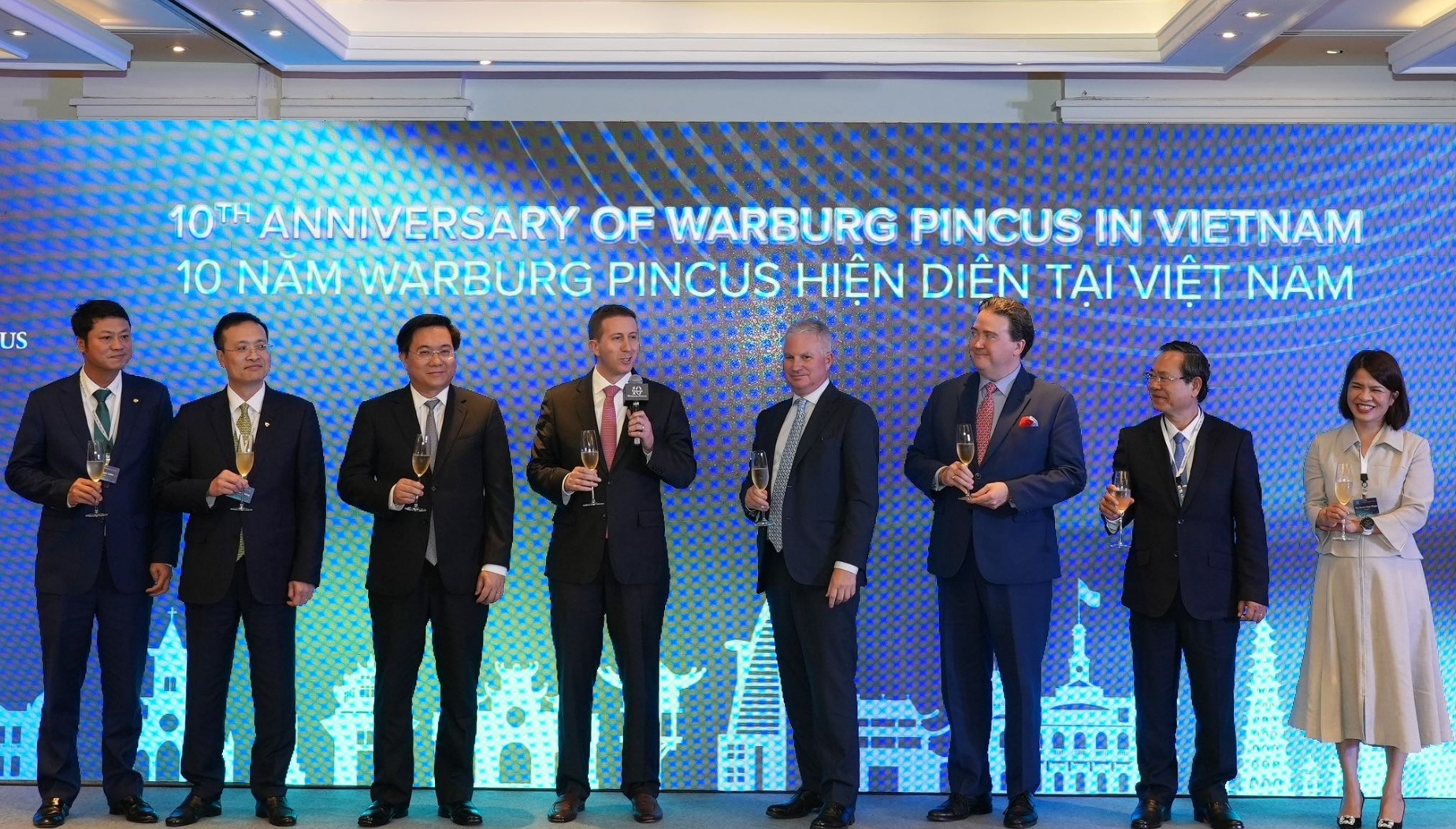


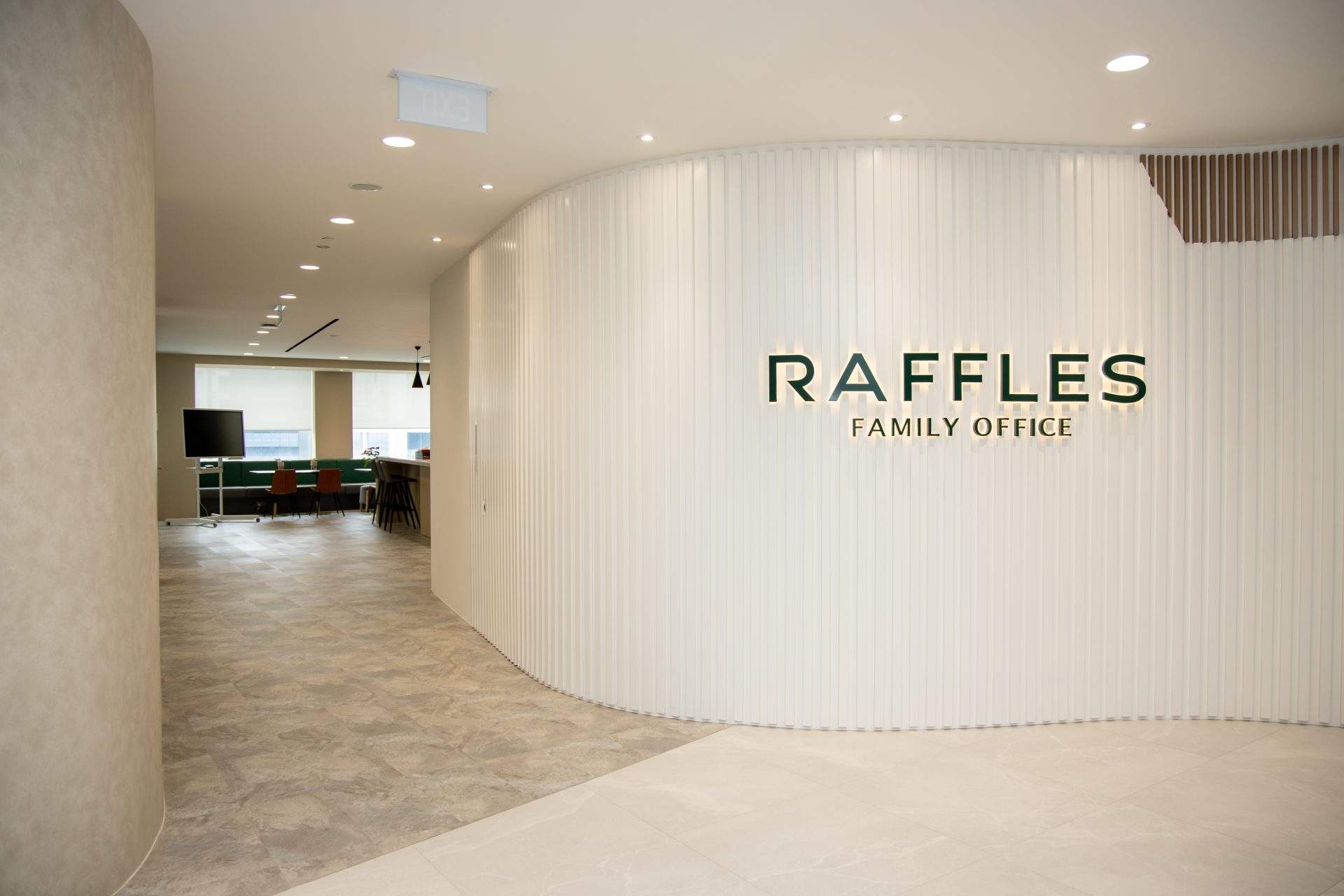
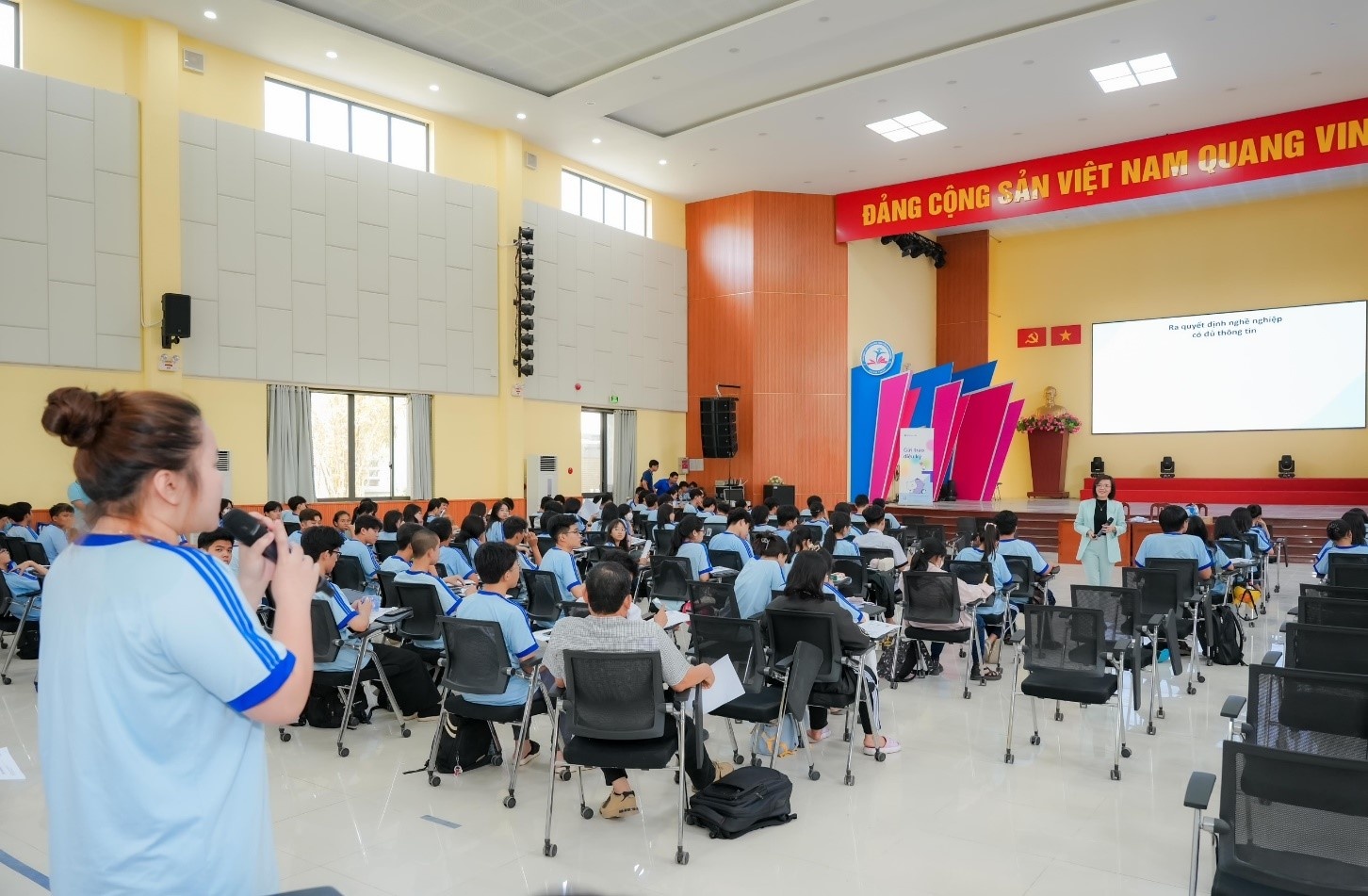
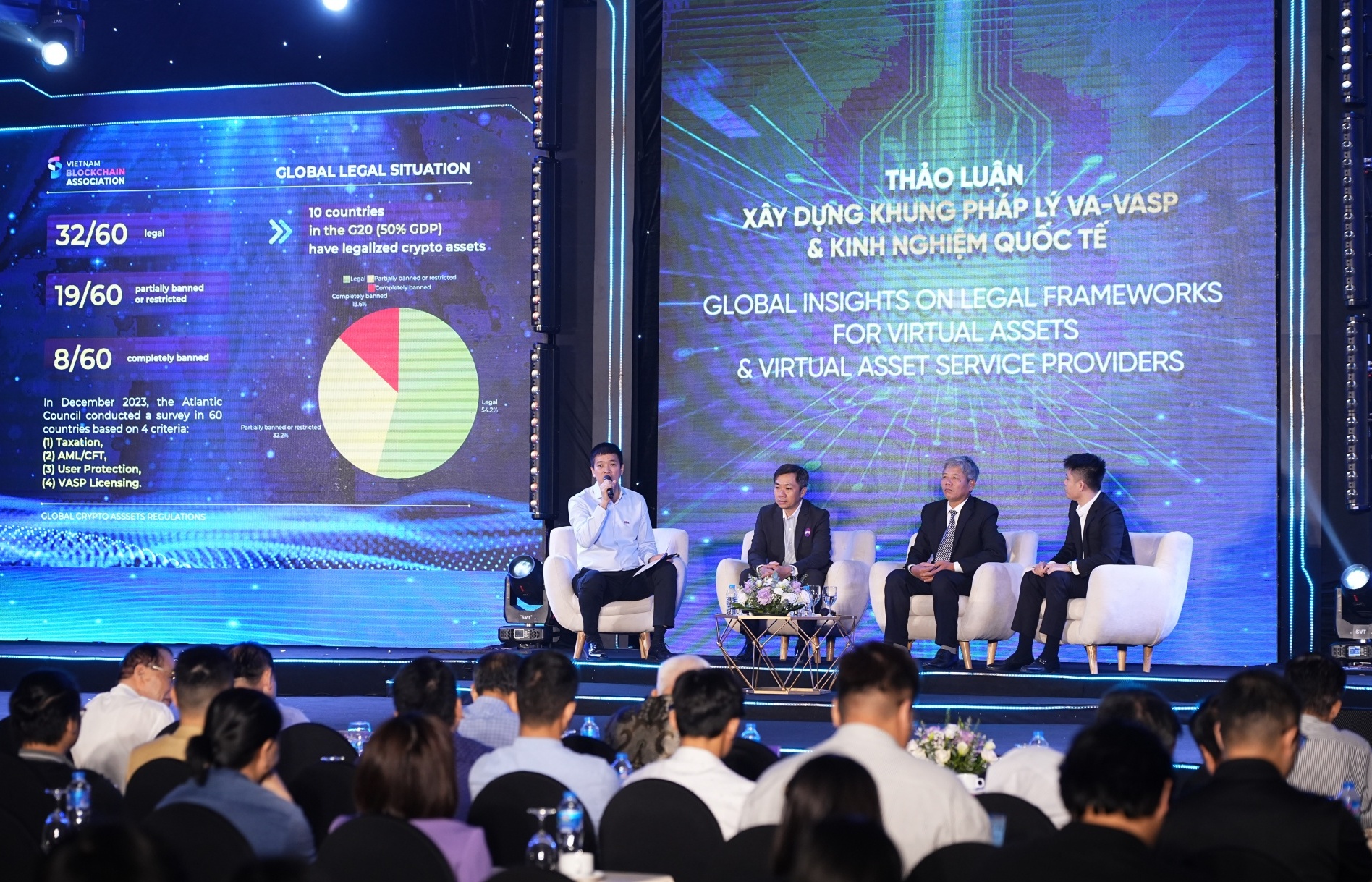

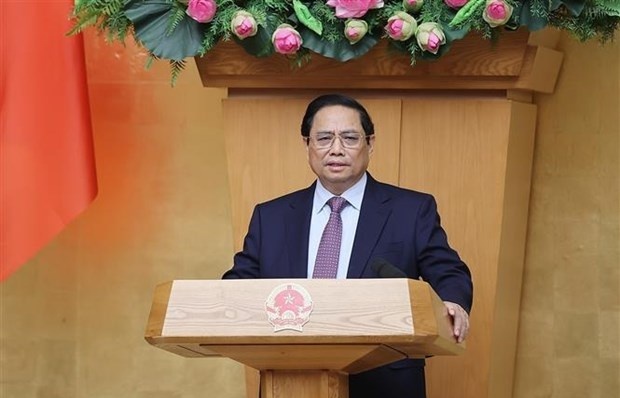
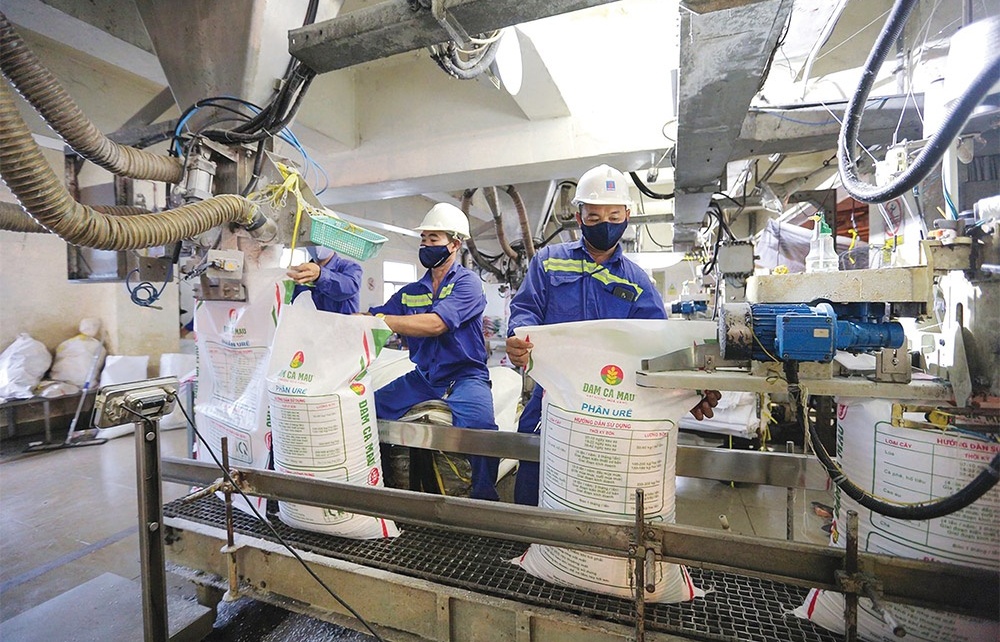
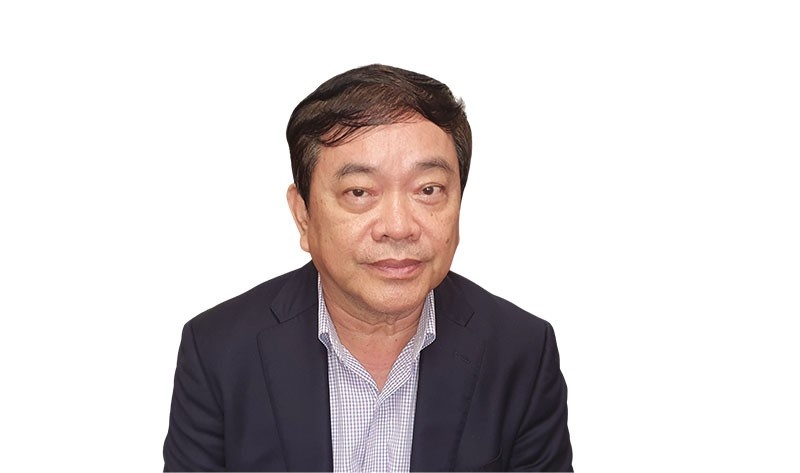



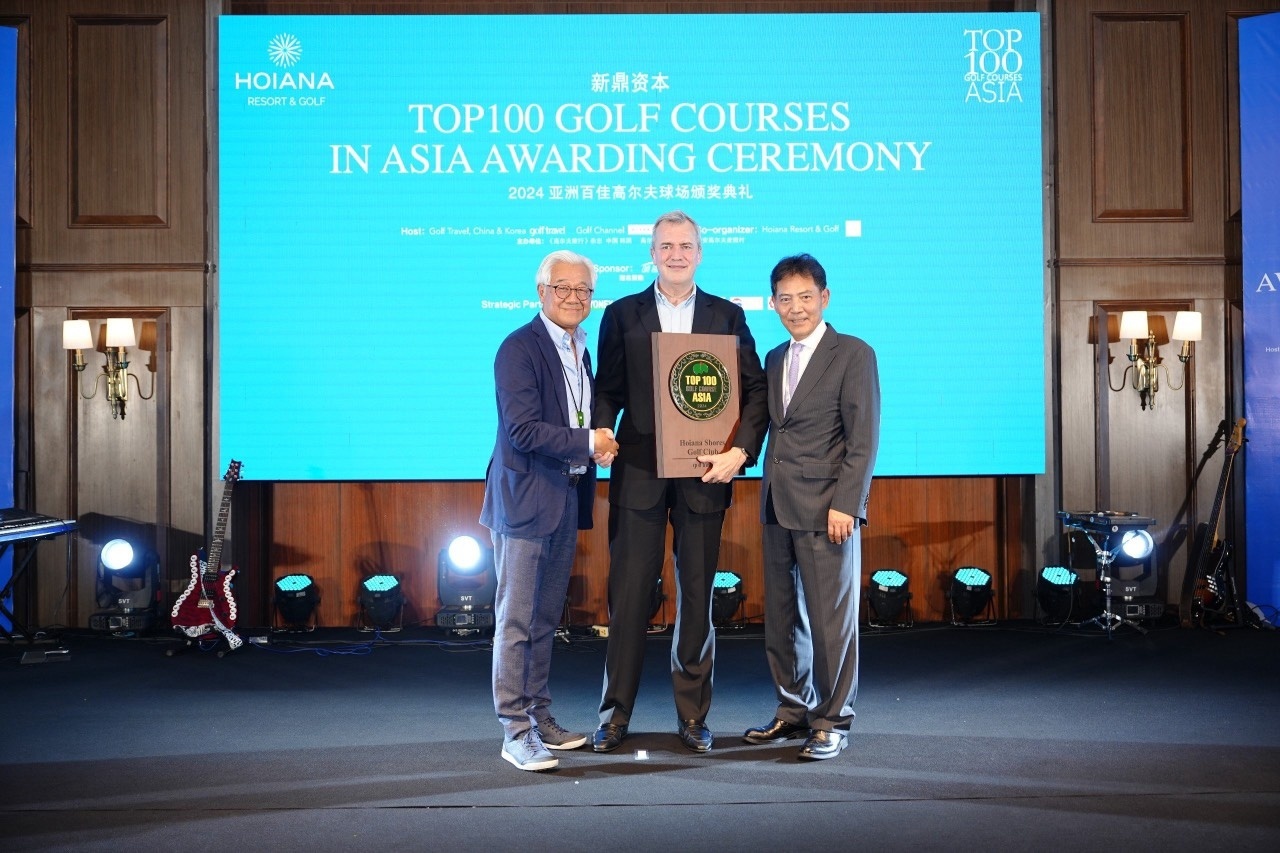
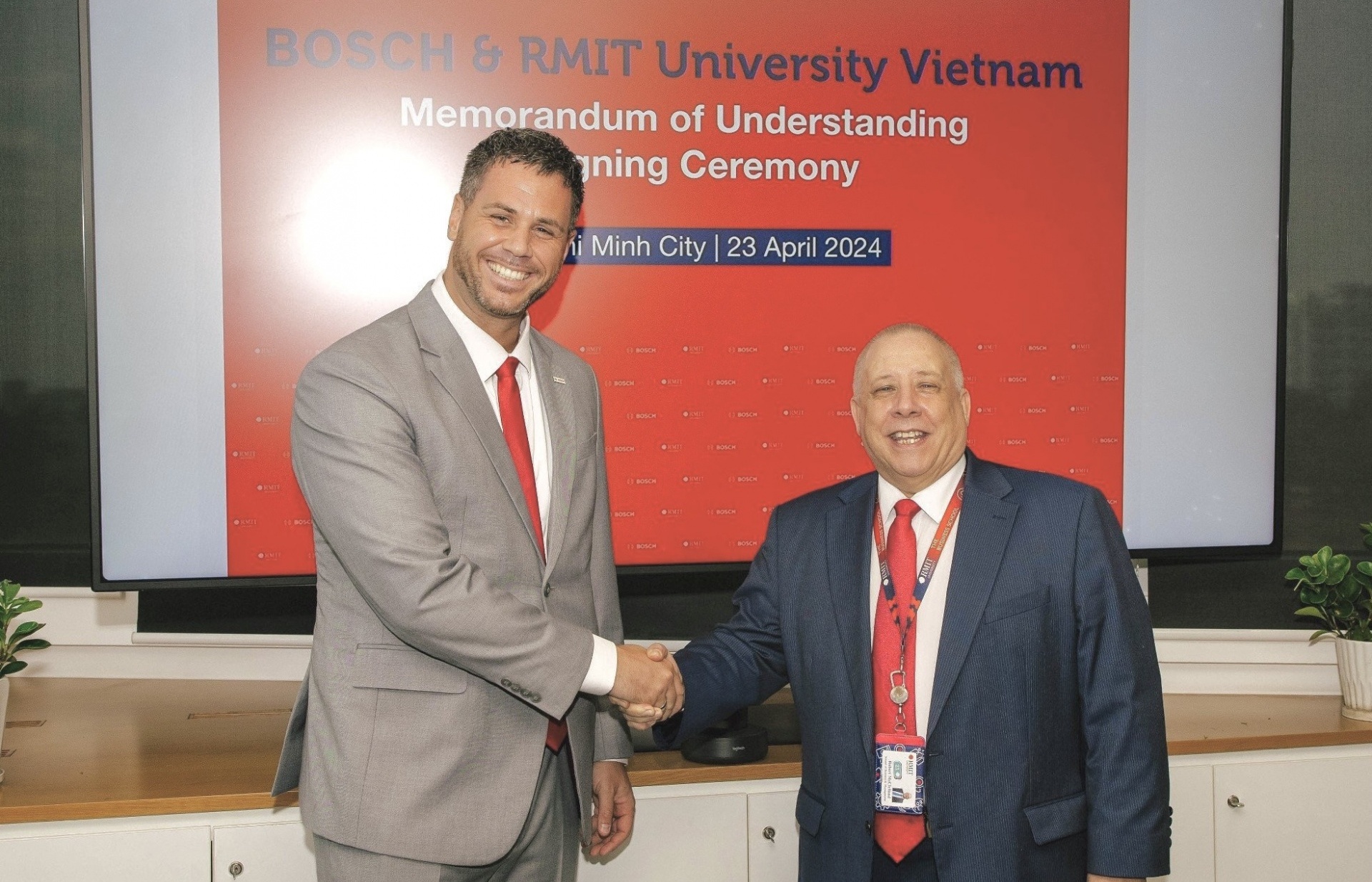




 Mobile Version
Mobile Version